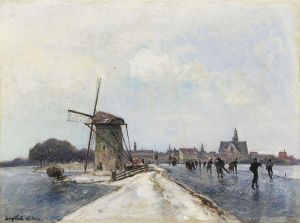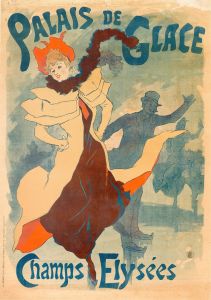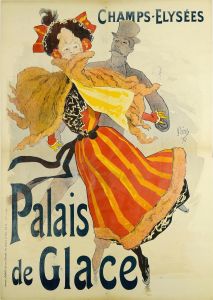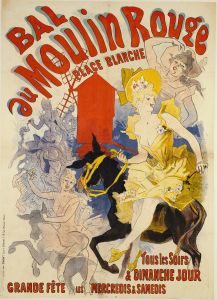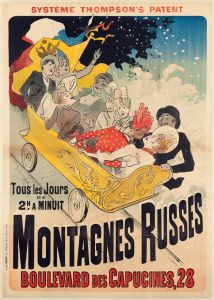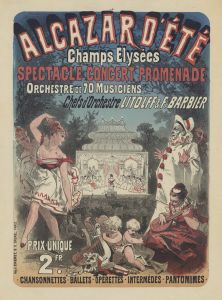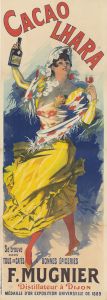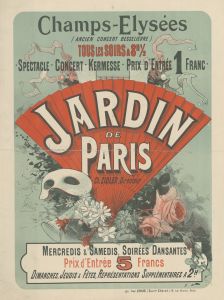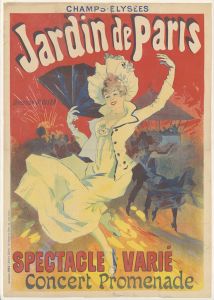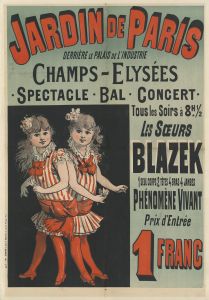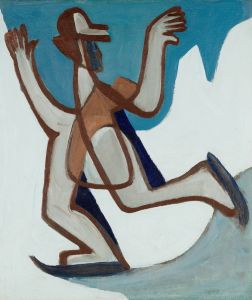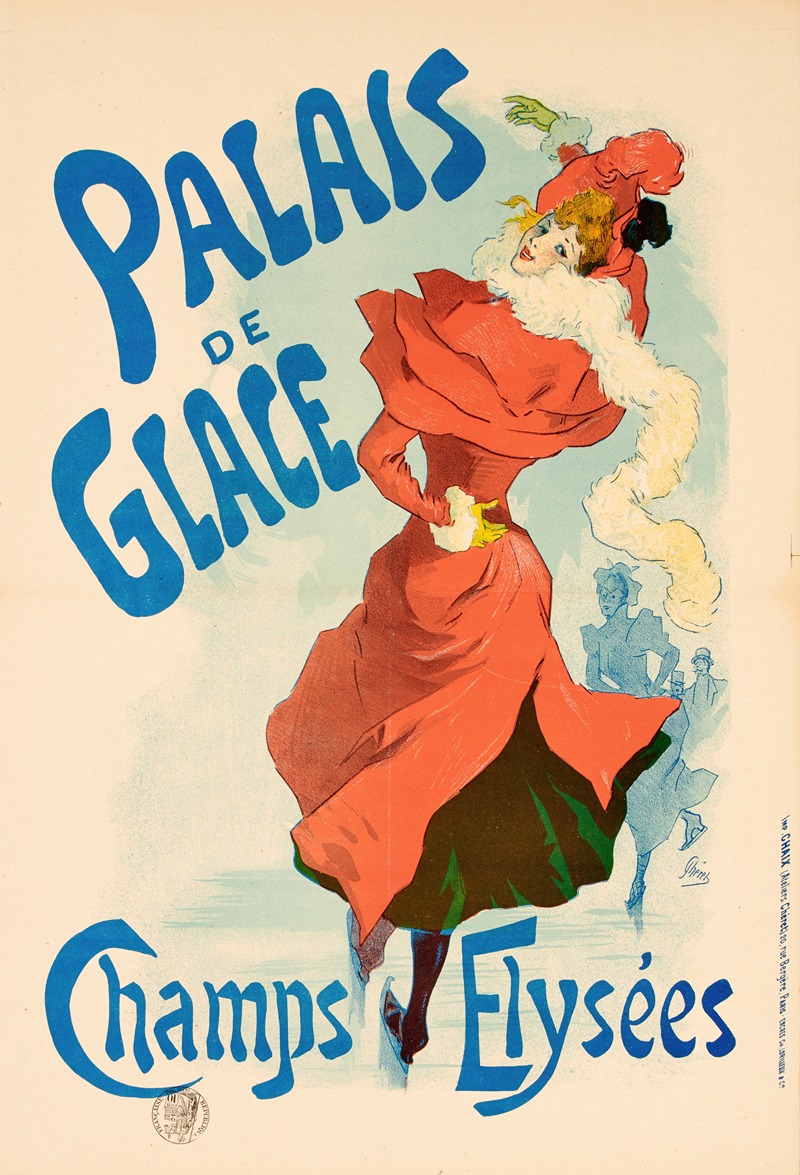
Palais De Glace Champs Elysées
A hand-painted replica of Jules Chéret’s masterpiece Palais De Glace Champs Elysées, meticulously crafted by professional artists to capture the true essence of the original. Each piece is created with museum-quality canvas and rare mineral pigments, carefully painted by experienced artists with delicate brushstrokes and rich, layered colors to perfectly recreate the texture of the original artwork. Unlike machine-printed reproductions, this hand-painted version brings the painting to life, infused with the artist’s emotions and skill in every stroke. Whether for personal collection or home decoration, it instantly elevates the artistic atmosphere of any space.
Jules Chéret, a French painter and lithographer, is widely regarded as a pioneer of modern poster art. His work "Palais de Glace, Champs-Élysées" is one of his many iconic posters created during the late 19th century. This piece was designed to promote the Palais de Glace, an ice skating rink located on the Champs-Élysées in Paris, which was a popular venue for leisure and entertainment during that era.
The poster exemplifies Chéret's distinctive style, which combined vibrant colors, dynamic compositions, and elegant figures to capture the attention of passersby. In "Palais de Glace, Champs-Élysées," Chéret depicts a lively scene featuring a central female figure, dressed in a flowing outfit, gracefully skating. Her joyful expression and dynamic pose convey the excitement and charm of the activity. Surrounding her are other skaters, adding a sense of movement and energy to the composition. The background includes subtle architectural details, hinting at the grandeur of the Palais de Glace itself.
Chéret's innovative approach to poster design revolutionized advertising in the late 19th century. By combining fine art techniques with commercial purposes, he elevated the poster to a respected art form. His work often celebrated modern urban life, leisure, and entertainment, making it both visually appealing and culturally significant. The "Palais de Glace, Champs-Élysées" poster is a prime example of how Chéret's art captured the spirit of the Belle Époque, a period marked by optimism, cultural flourishing, and technological advancements in Europe.
The lithographic technique used by Chéret allowed for the production of vibrant and detailed prints, which were then displayed in public spaces to attract audiences. His mastery of this medium earned him the title "Father of the Modern Poster." Chéret's influence extended beyond his own work, inspiring a generation of artists and designers who followed in his footsteps.
Today, "Palais de Glace, Champs-Élysées" is celebrated as a classic example of Chéret's contribution to the art of poster-making. It remains a testament to his ability to blend artistry with commercial appeal, capturing the essence of an era while promoting the venues and activities that defined it. The poster is often studied in the context of graphic design history and is appreciated for its aesthetic and historical value.





